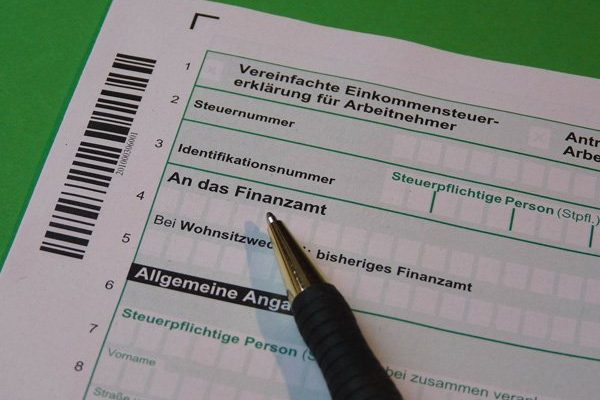
This comparison is based on the suggestion of the First Discussion Paper formed by the Empowered board of state finance ministers (henceforward mentioned as EC) and the Report of the Task Force on GST established by the Thirteenth Finance commission.
Before going on the conversation we should describe GST and the Aim behind it.
Definition of Goods and Services Tax?
GST or also known Goods and Services Tax is a tax on things and services with an inclusive and continuous chain of set-off advantage from the Producer’s point and Service supplier’s point up to the retail level. It is in essence a tax only on the value additional at each stage and a supplier at every stage is allowed to set-off through a tax credit mechanism. Under GST audit organization, all dissimilar phases of production and distribution can be understood as a mere tax pass through and the tax fundamentally sticks on final consumption within the taxing jurisdiction.
As part of administering the goods and services tax (GST), we will from time to time conduct several tax audits recognized as ‘audits’ or ‘reviews’. GST audit delivers a means to verify whether the appropriate amount of goods and services tax has been paid.
Aim behind GST
a) The occurrence of tax only falls on domestic consumption.
b) The effectiveness and equity of the system are enhanced.
c) There should be no distribution of taxes thru taxing jurisdictions.
d) The Indian marketplace should be combined into a single common marketplace.
e) It improves the reason of cooperative federalism.
Our relative discussion will be found only on important points building overall GST.
Goods and services tax MODEL
A dual structure has been suggested by the EC. The two modules are: Central GST (CGST) to be executed by the center and state good & service tax (SGST) by the states. The Task Force has also suggested for the dual tax imposed simultaneously by the states and the center, but self-sufficient to promote co-operative federalism. Both the Central GST and State GST should be charged with a common and identical base.
Both have recommended for consumption kind goods and services tax GST, that is, there should be no difference between raw resources and capital goods in letting the input tax credit. The tax base should widely spread over entire goods and services up to a last consumption point.
Agreeing to Task Force this will outcome in the shift from manufacture to consumption whereby imports will be responsible to both SGST and CGST and exports should be released of the load of goods and services tax by zero score. Thus, revenues will increase, in which the consumption is considered to take place.
The Task Force on goods and services tax GST said the calculation of CGST and SGST responsibility should be based on the Invoice credit technique. I.e., let credit for tax paid on entire middle goods and services on the basis of invoices give out by the supplier. As an outcome, all dissimilar stages of distribution and production can be interpreted as a simple tax pass-through and the tax will efficiently ‘stick’ on final consumption within the taxing jurisdiction.

